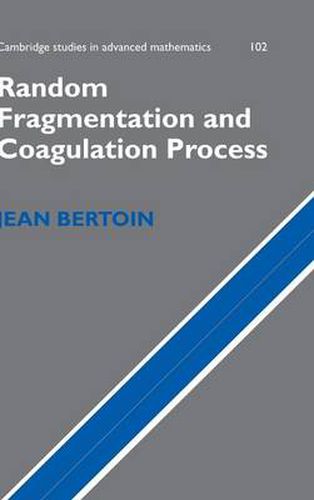Readings Newsletter
Become a Readings Member to make your shopping experience even easier.
Sign in or sign up for free!
You’re not far away from qualifying for FREE standard shipping within Australia
You’ve qualified for FREE standard shipping within Australia
The cart is loading…






Fragmentation and coagulation are two natural phenomena that can be observed in many sciences and at a great variety of scales - from, for example, DNA fragmentation to formation of planets by accretion. This book, by the author of the acclaimed Levy Processes, is the first comprehensive theoretical account of mathematical models for situations where either phenomenon occurs randomly and repeatedly as time passes. This self-contained treatment develops the models in a way that makes recent developments in the field accessible. Each chapter ends with a comments section in which important aspects not discussed in the main part of the text (often because the discussion would have been too technical and/or lengthy) are addressed and precise references are given. Written for readers with a solid background in probability, its careful exposition allows graduate students, as well as working mathematicians, to approach the material with confidence.
$9.00 standard shipping within Australia
FREE standard shipping within Australia for orders over $100.00
Express & International shipping calculated at checkout
Stock availability can be subject to change without notice. We recommend calling the shop or contacting our online team to check availability of low stock items. Please see our Shopping Online page for more details.
Fragmentation and coagulation are two natural phenomena that can be observed in many sciences and at a great variety of scales - from, for example, DNA fragmentation to formation of planets by accretion. This book, by the author of the acclaimed Levy Processes, is the first comprehensive theoretical account of mathematical models for situations where either phenomenon occurs randomly and repeatedly as time passes. This self-contained treatment develops the models in a way that makes recent developments in the field accessible. Each chapter ends with a comments section in which important aspects not discussed in the main part of the text (often because the discussion would have been too technical and/or lengthy) are addressed and precise references are given. Written for readers with a solid background in probability, its careful exposition allows graduate students, as well as working mathematicians, to approach the material with confidence.